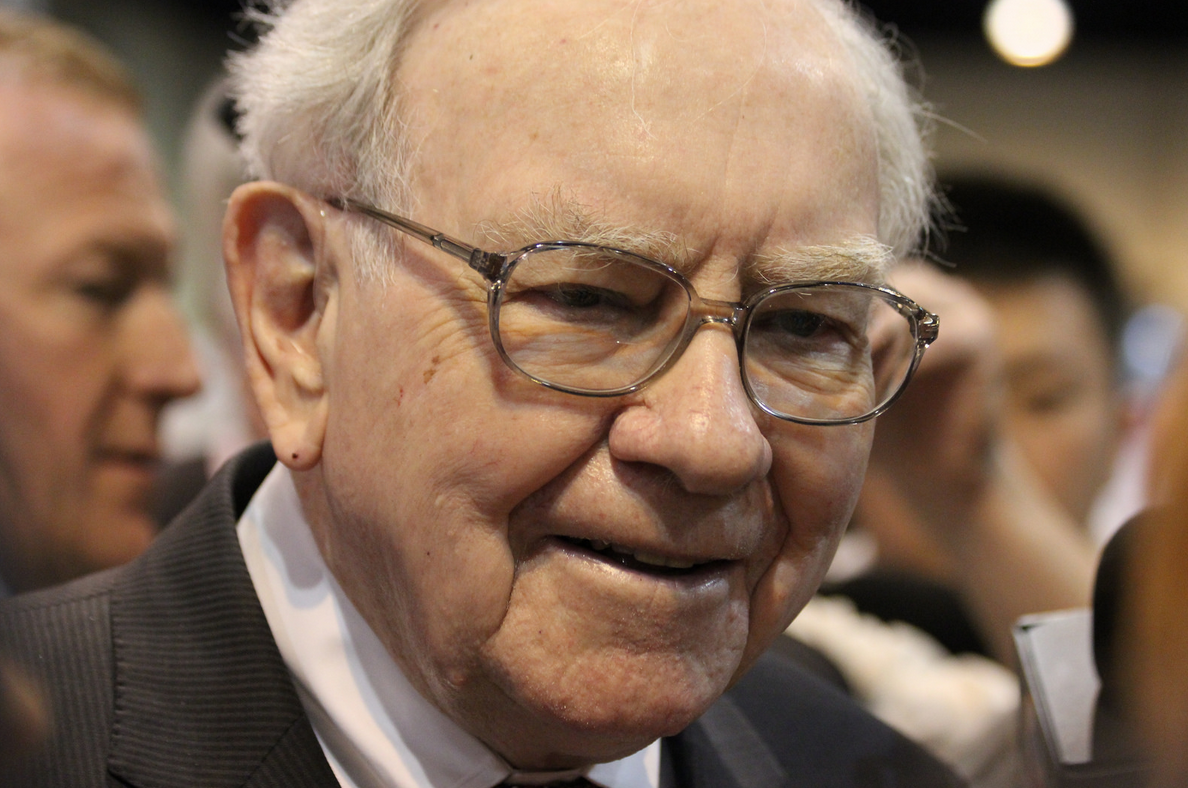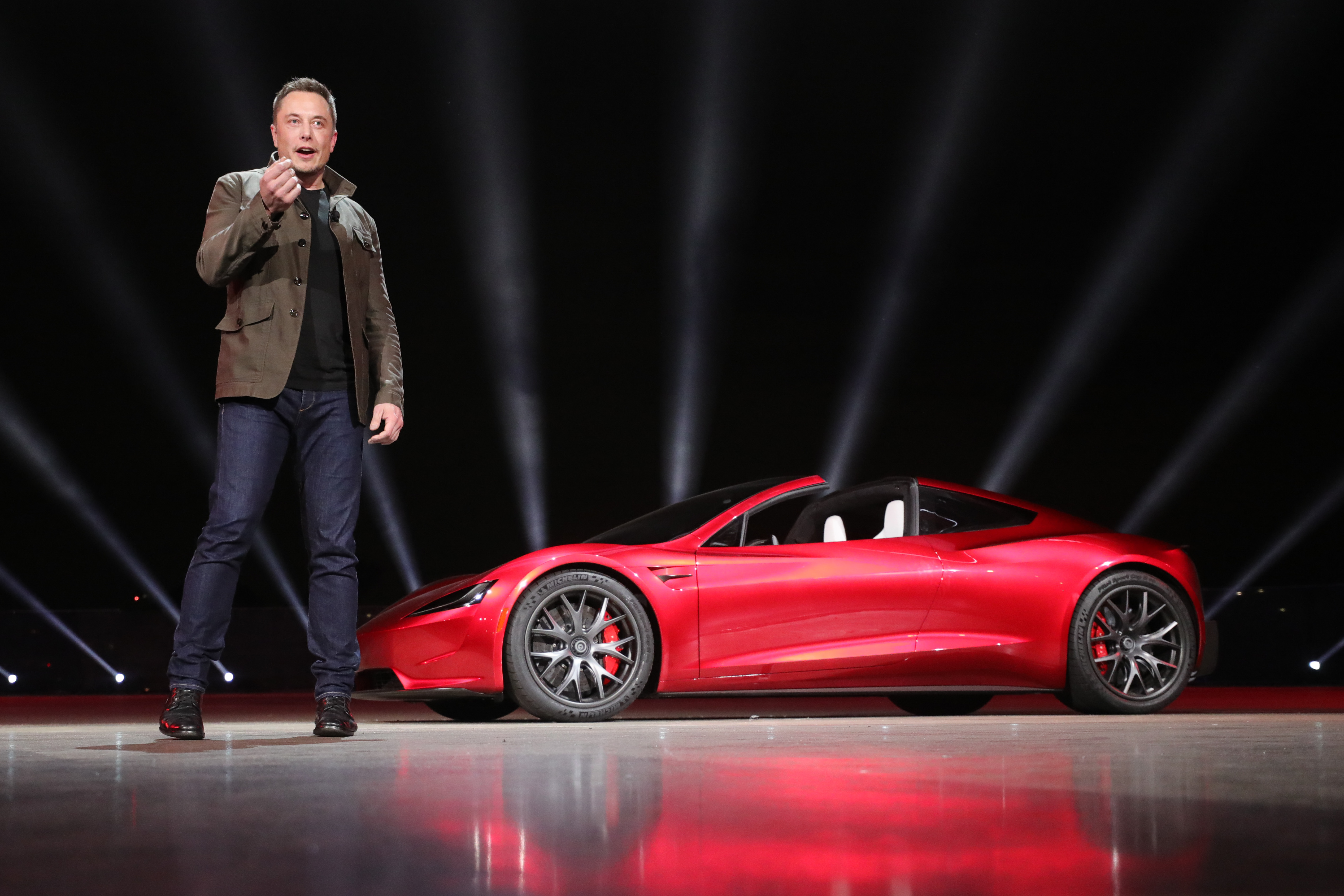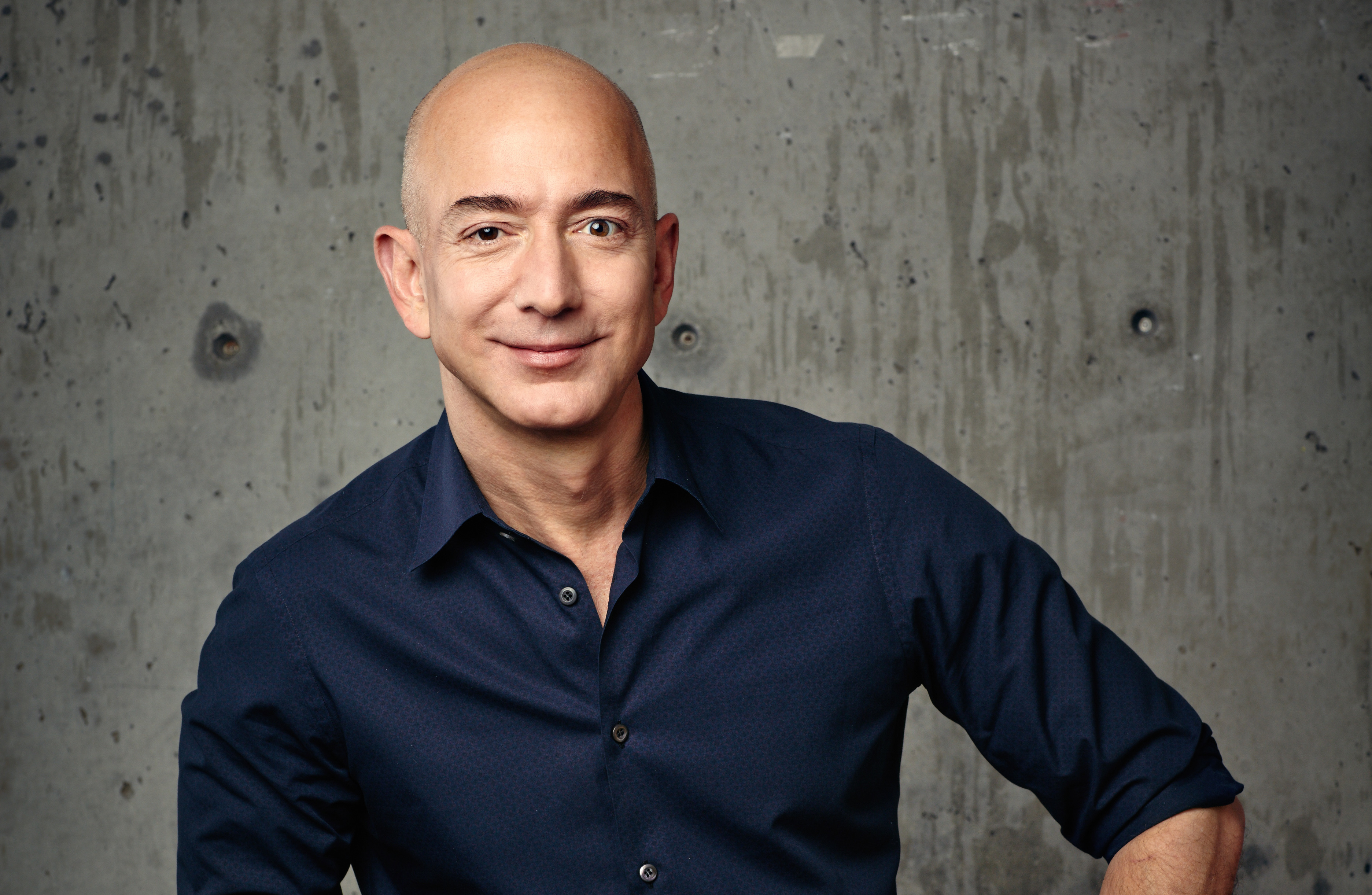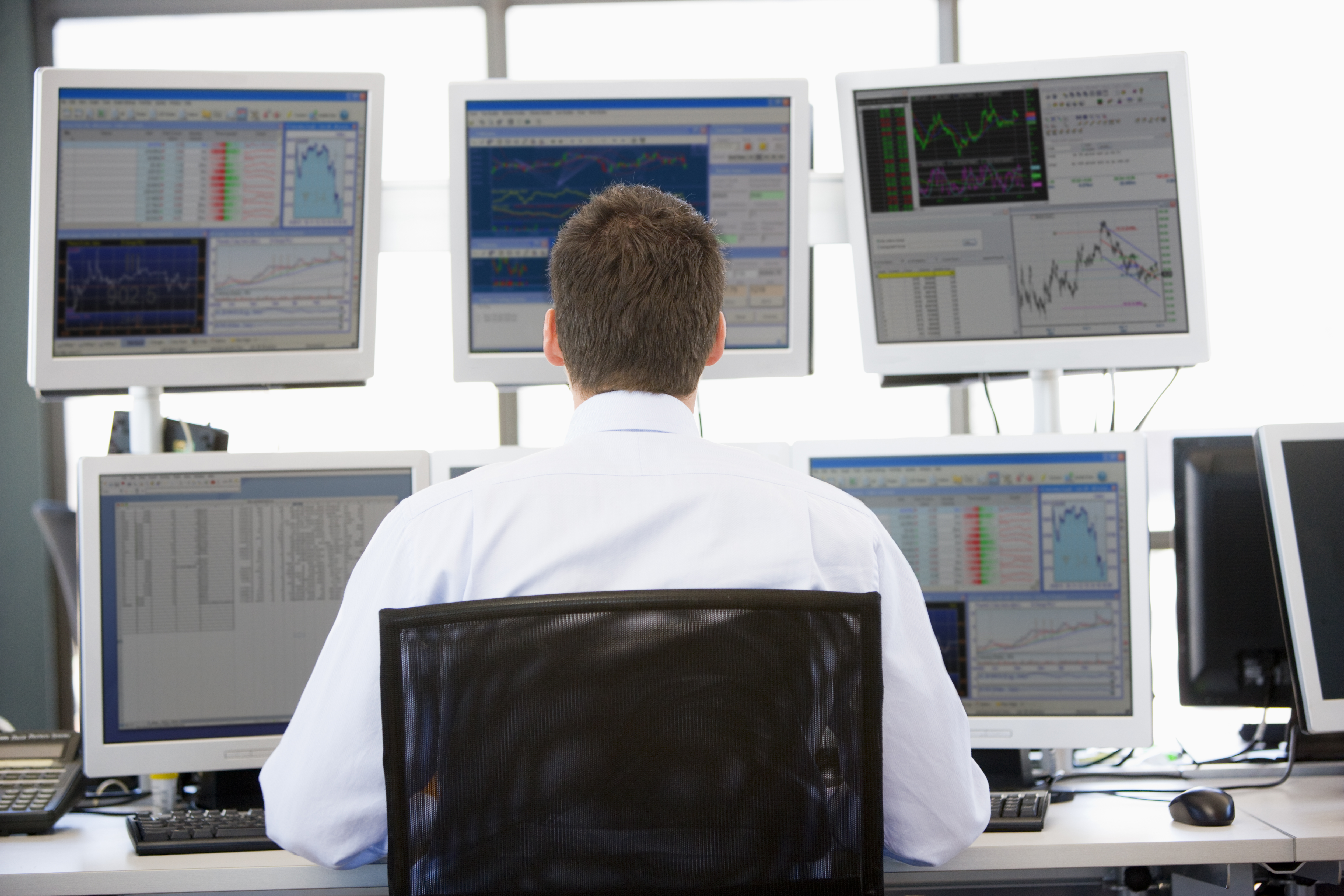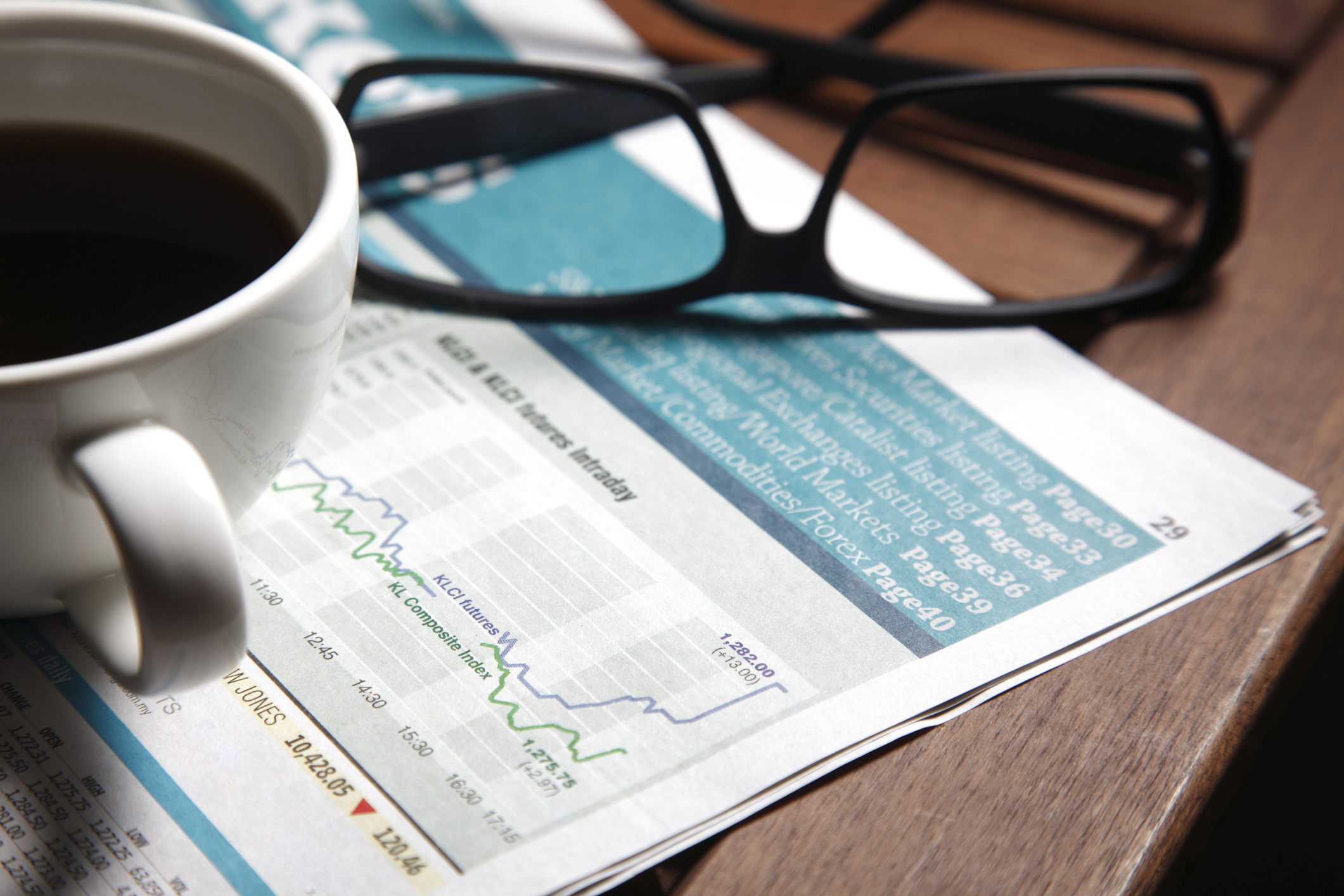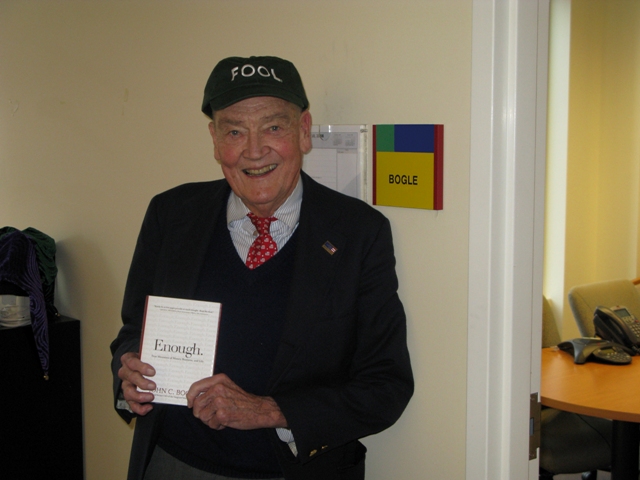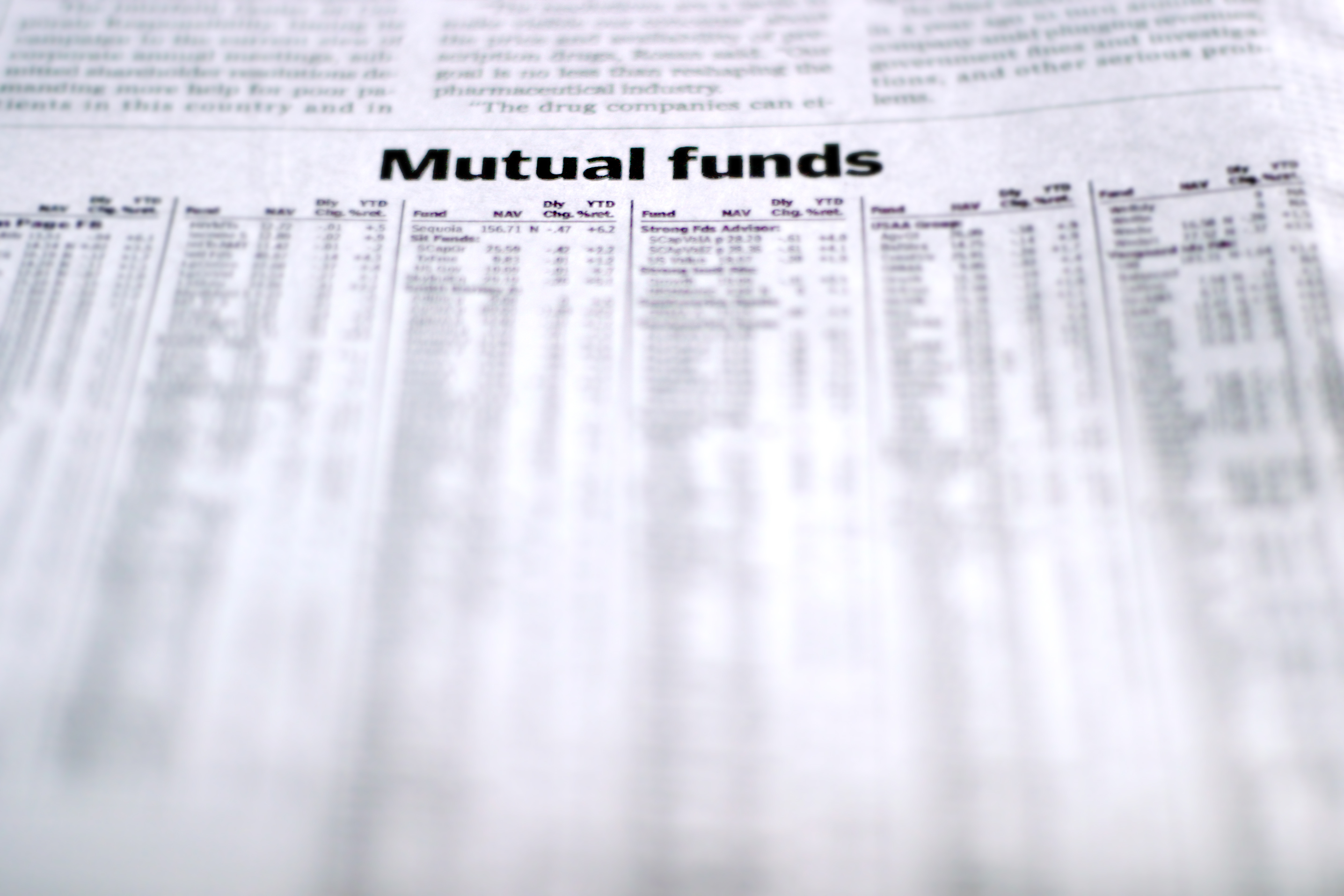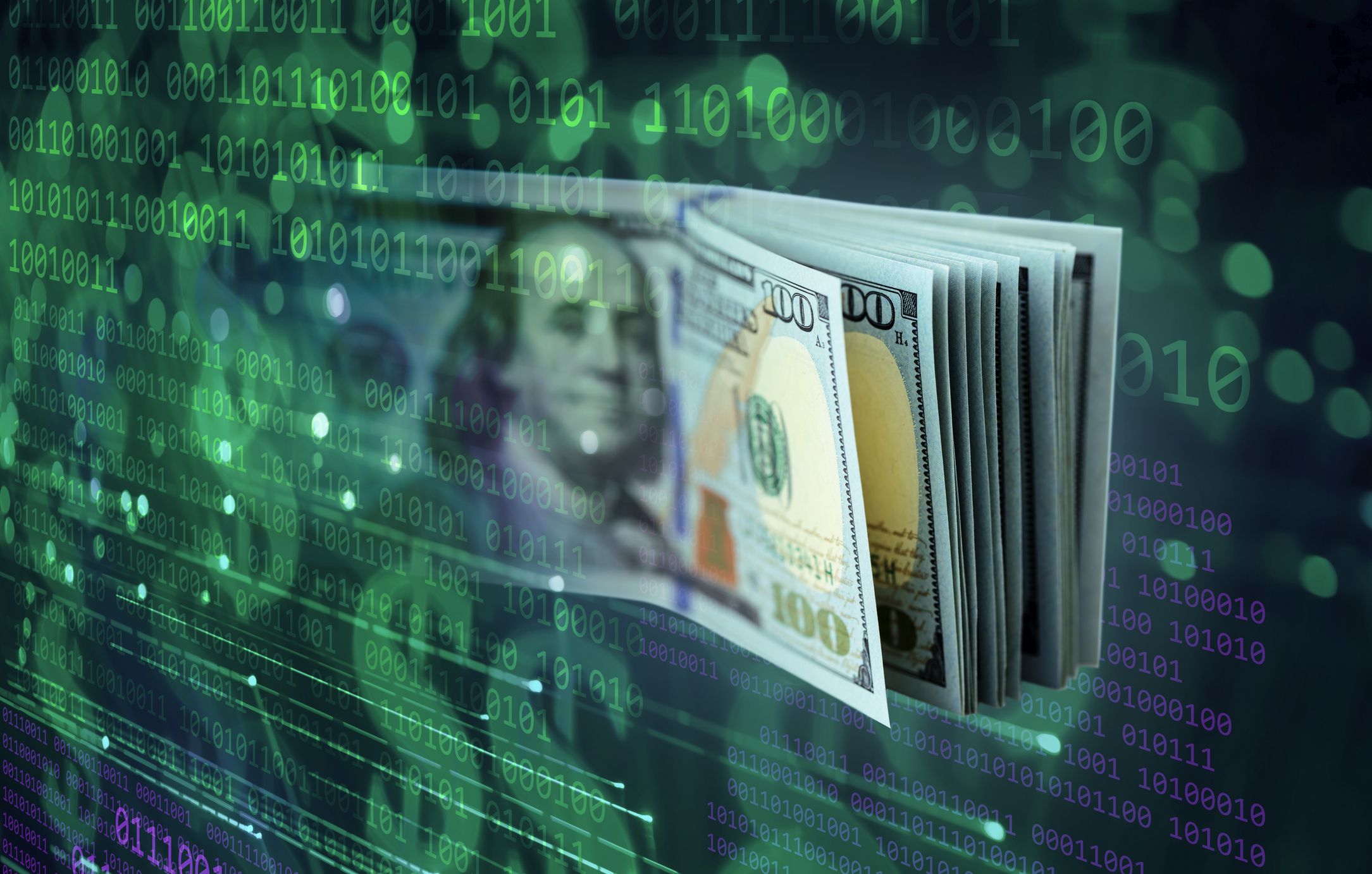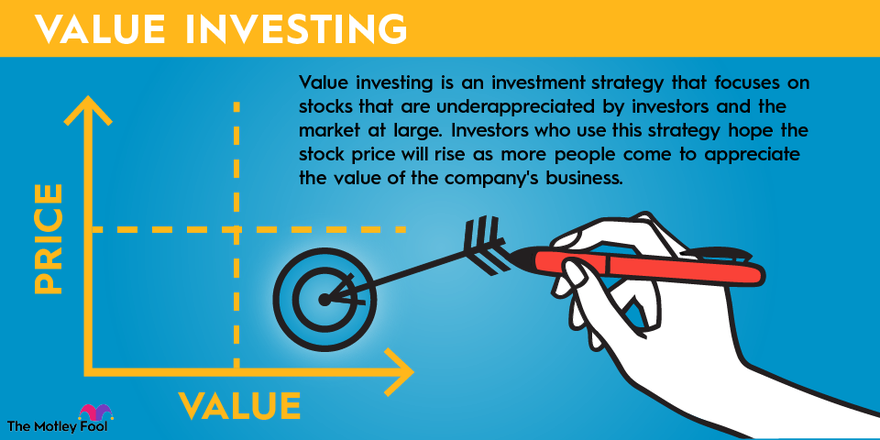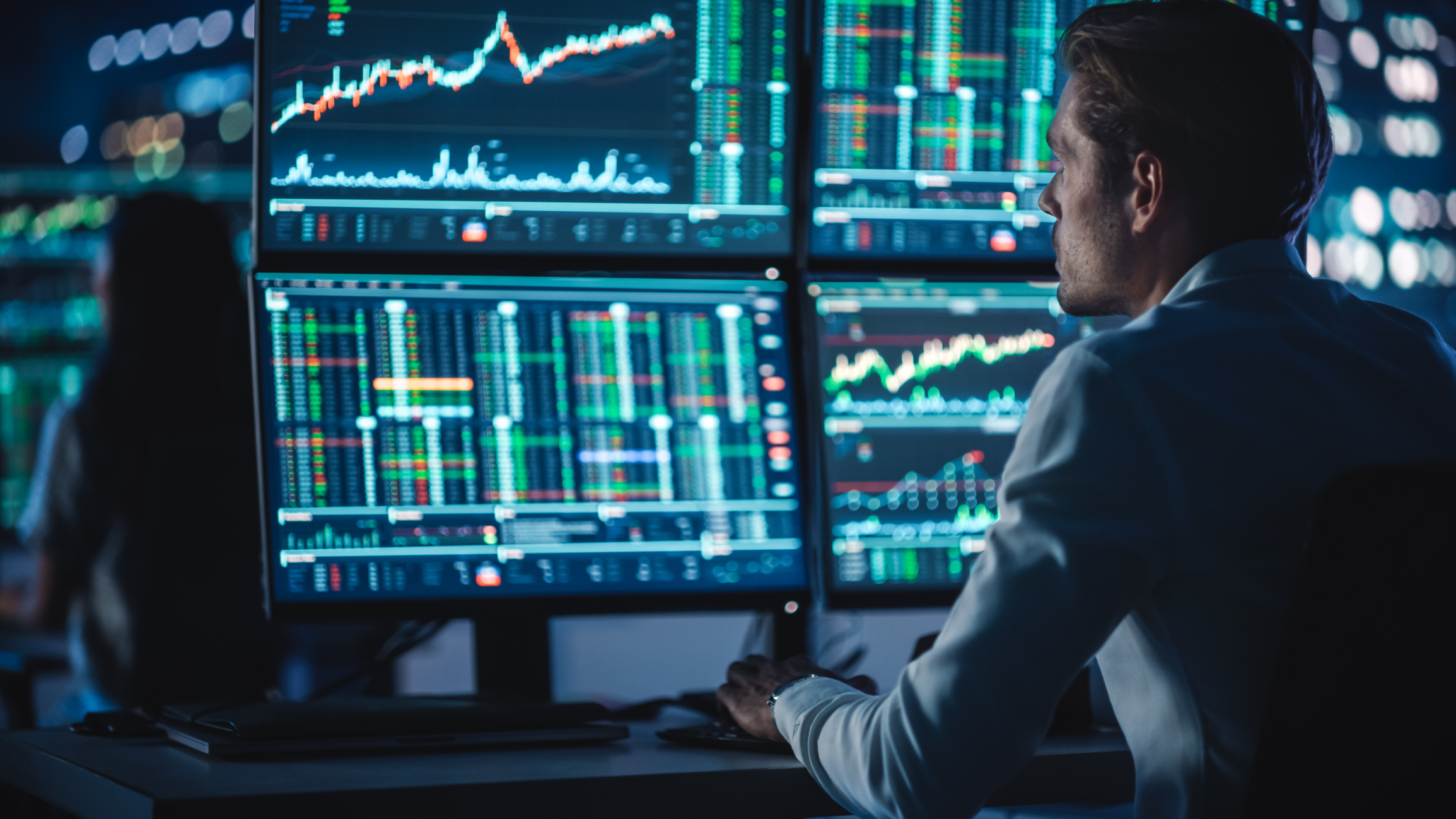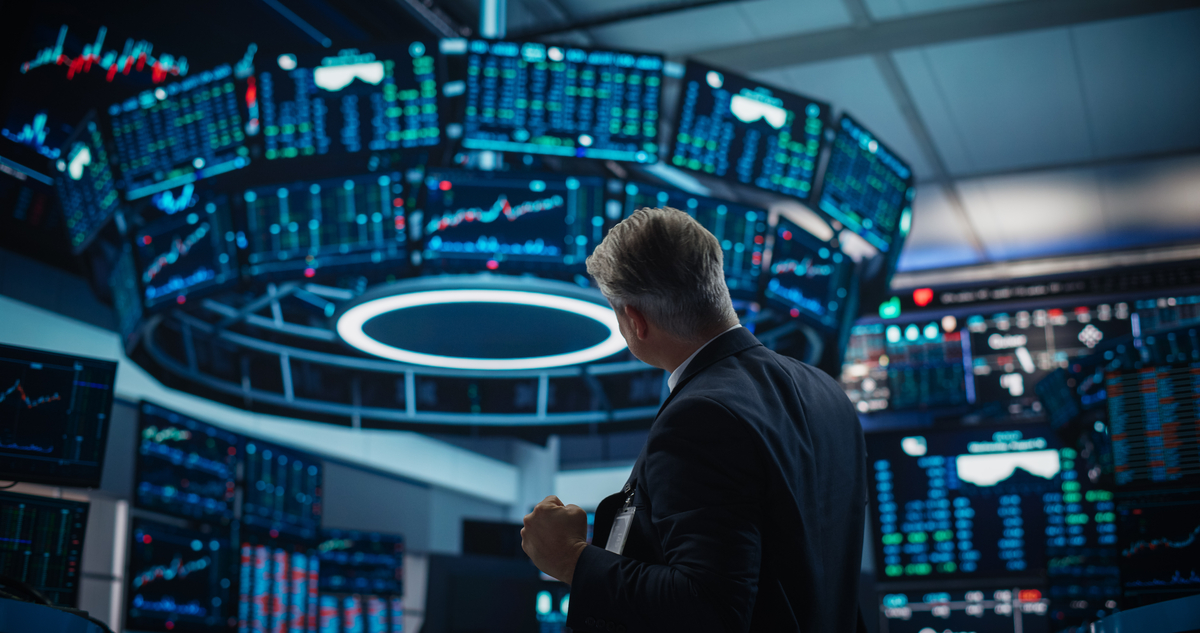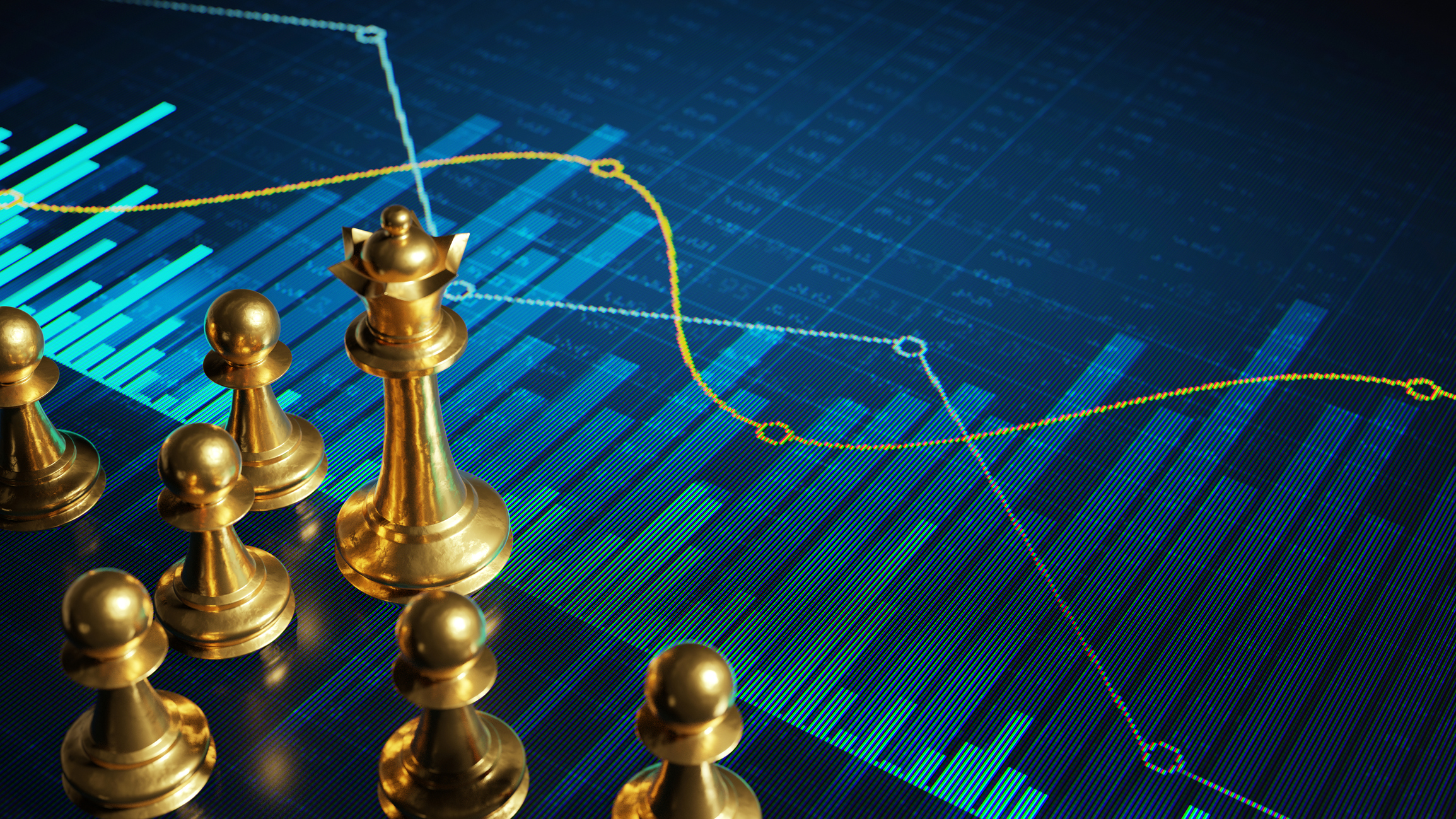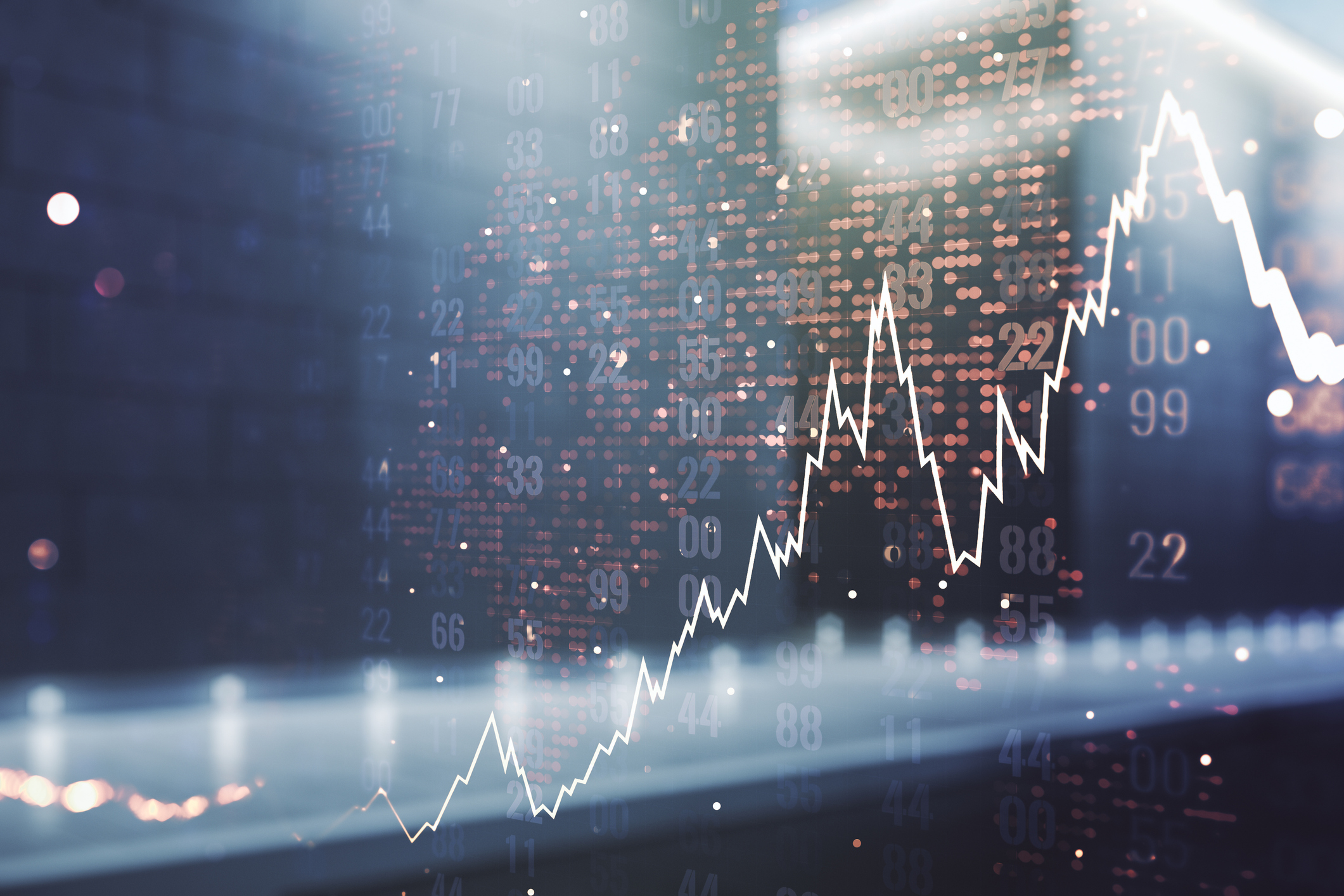Ray Dalio is a billionaire investor who started Bridgewater Associates. For over 40 years, he managed its assets directly and made it one of the most profitable hedge funds in history. Let's take a closer look at what Dalio has done at Bridgewater, the strategies that have made him a famous investor, and highlights of his illustrious career.
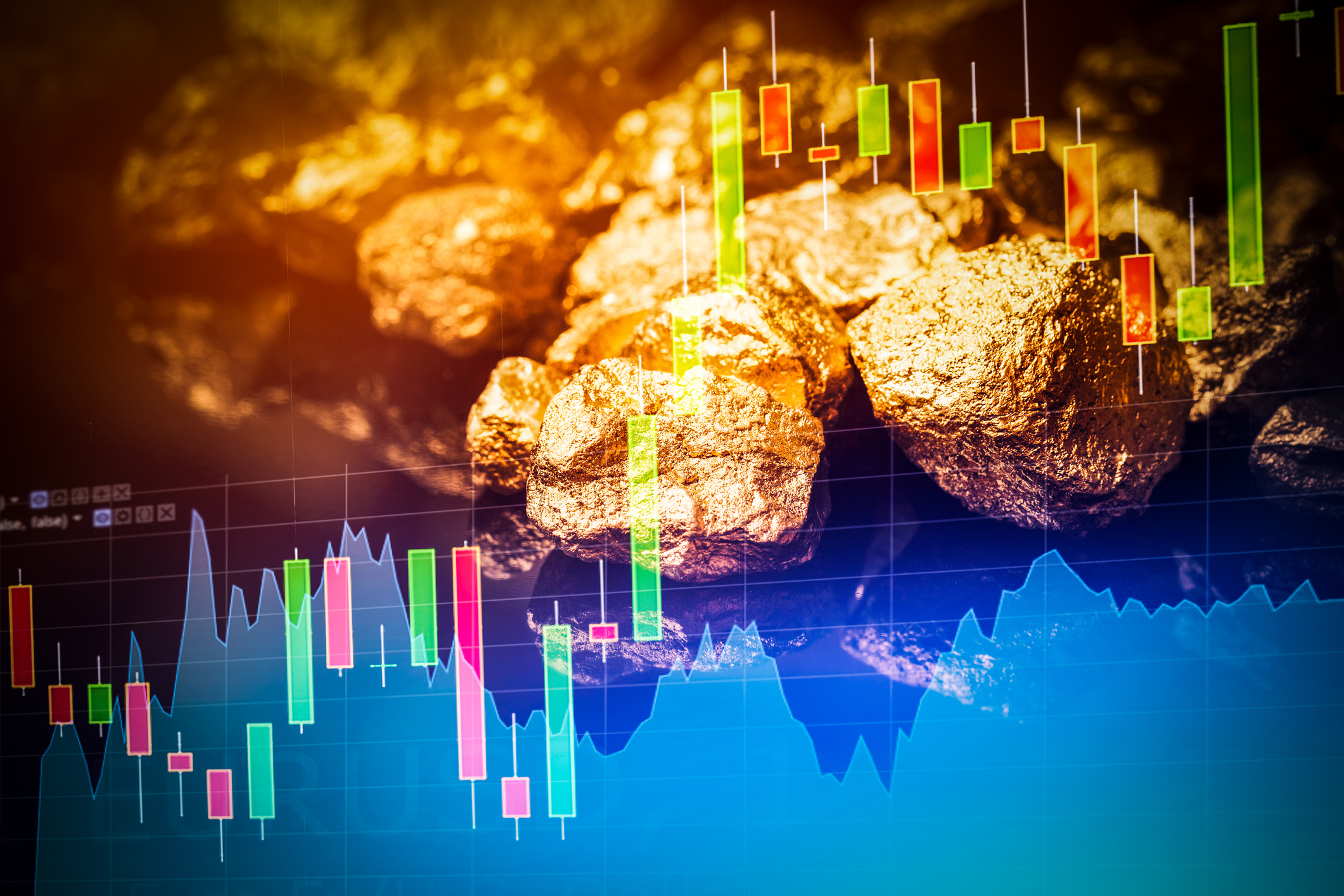
Primary role
Ray Dalio is the founder of Bridgewater Associates, one of the world's largest hedge funds. He previously served as the chief executive officer (CEO), chief information officer (CIO), and chairman of the board.
Dalio stepped down as CEO in 2017, as CIO in the summer of 2020, and as chairman at the end of 2021. He sold his final ownership stake and resigned from the board of directors in August 2025, completing his exit from the firm.
Investment style
Dalio is a macro investor who studies economic trends to find opportunities and identify risks. The state of the economy determines which investments Dalio prefers and avoids. For example, in 2020, he was of the opinion that "cash is trash" because of its low yield. In 2023, he argued that cash had become more attractive than stocks and bonds due to rising rates.
To manage risk, Dalio builds a diversified portfolio. He specifically recommends diversifying across 15 or more uncorrelated assets to reduce the risk-to-return ratio. Uncorrelated assets don't move together, either directly or inversely.
One of the ways Dalio diversifies and makes his portfolio more resistant to inflation is by holding gold. A well-known Dalio investment strategy, the All Weather Portfolio traditionally contains a 7.5% allocation of gold and is Dalio's signature allocation for managing wealth during troubled economic times.
Dalio is unique in that he's not a pure buy-and-hold investor. He believes in taking profits on expensive stocks and reinvesting. He calls this practice "rotating the portfolio." Appropriate targets for reinvestment are undervalued stocks -- good companies that are lagging the economy or their sector.
Career highlights
After starting his career as a wealth manager, Dalio founded Bridgewater Associates in 1975. Bridgewater was originally an advisory firm that provided risk consulting to corporate clients, with one of the first major clients being McDonald's (MCD -0.26%). Over time, Bridgewater transitioned into a hedge fund.
Dalio and Bridgewater gained recognition for making a profit during the 1987 stock market crash. Bridgewater launched its first investment fund, Pure Alpha, in 1991. It aims to balance risk by investing across a range of uncorrelated asset classes. This was followed by the All Weather fund in 1996 and the Pure Alpha Major Markets fund in 2010.
Dalio's macro perspective earned Bridgewater special acclaim in the 2000s. As a longtime student of the economy, Dalio saw signs of trouble prior to the 2008 financial crisis. He adjusted the Bridgewater portfolios to prepare for a recession, and the move paid off. In 2008, Bridgewater's Pure Alpha fund grew by 9.4%, while the average hedge fund lost almost 19% and the S&P 500 lost 37%.
From 1975 through 2023, Bridgewater delivered net gains of $55.8 billion to investors. The Pure Alpha fund had only four losing calendar years out of the 32-year period from 1991 through 2023.
Philosophy & legacy
From the beginning, Dalio's philosophy at Bridgewater was to foster a culture of excellence and continuous improvement. He has written that he believes in radical openness because if you're open-minded, you're less likely to deceive yourself, and others are more likely to give you honest feedback.
Radical open-mindedness and radical transparency are invaluable for rapid learning and effective change. Learning is the product of a continuous real-time feedback loop in which we make decisions, see their outcomes, and improve our understanding of reality as a result.
Dalio bases his investment philosophy largely on his understanding of the economy or, as he calls it, the "Economic Machine." Investors can watch Dalio's 30-minute video How the Economic Machine Works for a primer on his view of the economy.
Dalio has published several books describing his philosophies and thoughts on economics. The most well-known is Principles: Life & Work, published in 2017, which describes the principles for success he developed at Bridgewater. His other books include:
- Principles for Navigating Big Debt Crises (first published in 2018)
- Principles for Dealing with the Changing World Order: Why Nations Succeed and Fail (published in 2021)
- How Countries Go Broke: The Big Cycle (published in 2025)
Related investing topics
Awards, honors, and recognition
Dalio has received a number of accolades throughout his lengthy career in finance. Here's a selection of Dalio's notable honors:
- LCH Investments named Dalio the top money manager in the world in 2012.
- Dalio was on Time magazine's list of the 100 most influential people in the world in 2012.
- Dalio was also on Bloomberg's ranking of the 50 most influential people in the world in 2011, 2012, and 2015.
